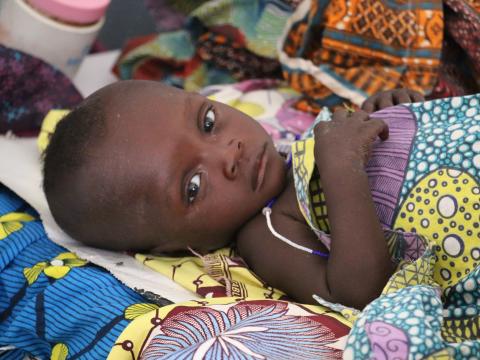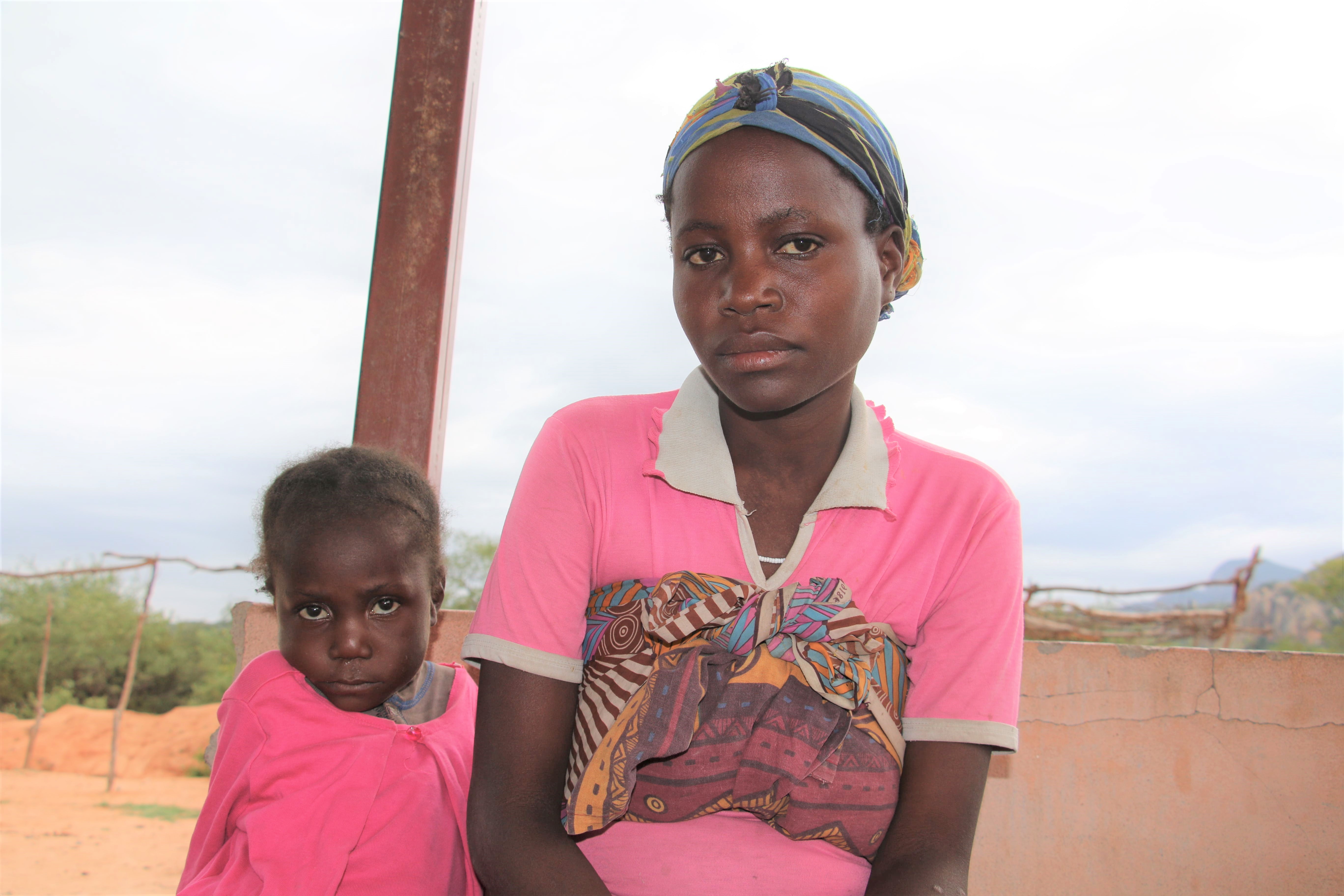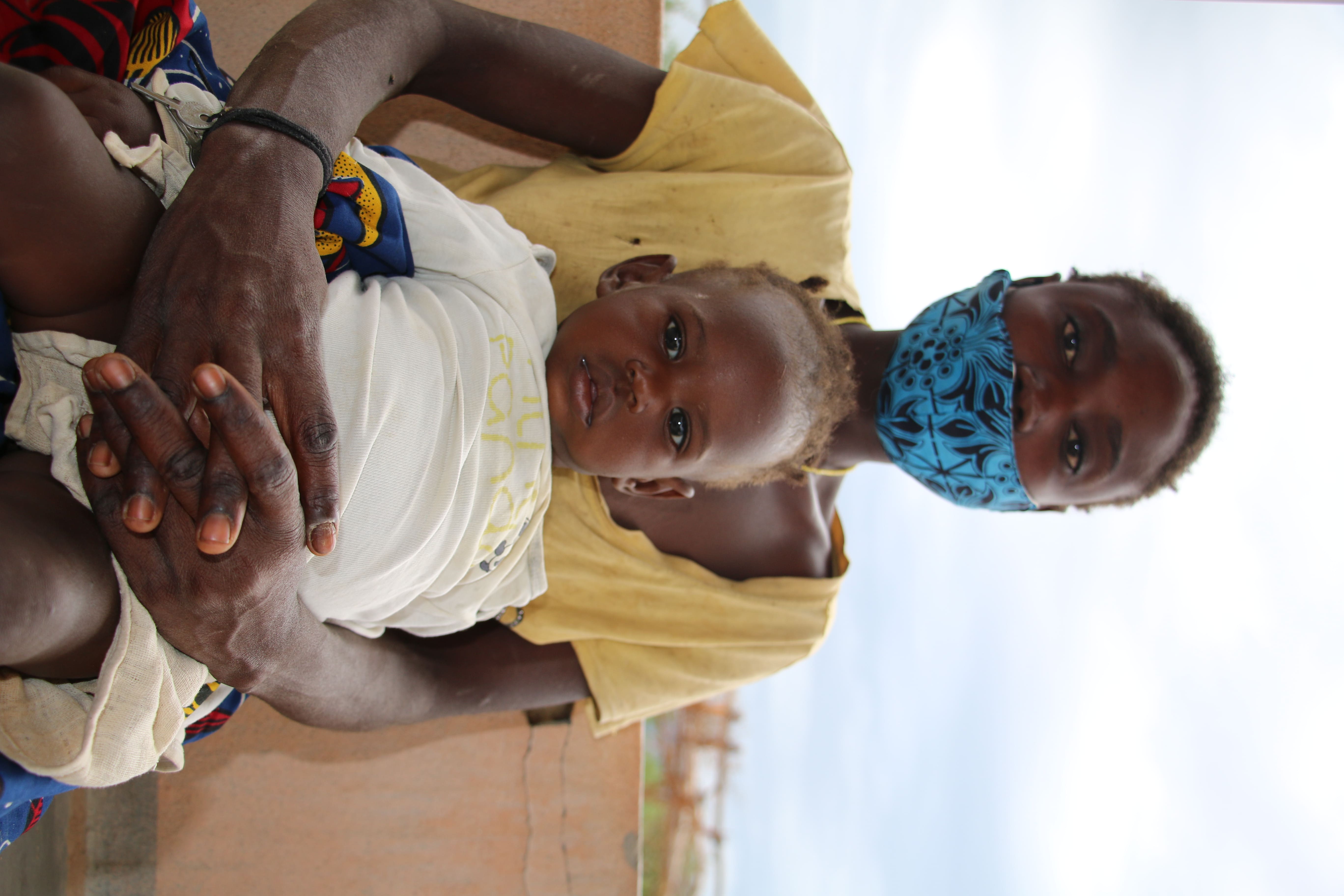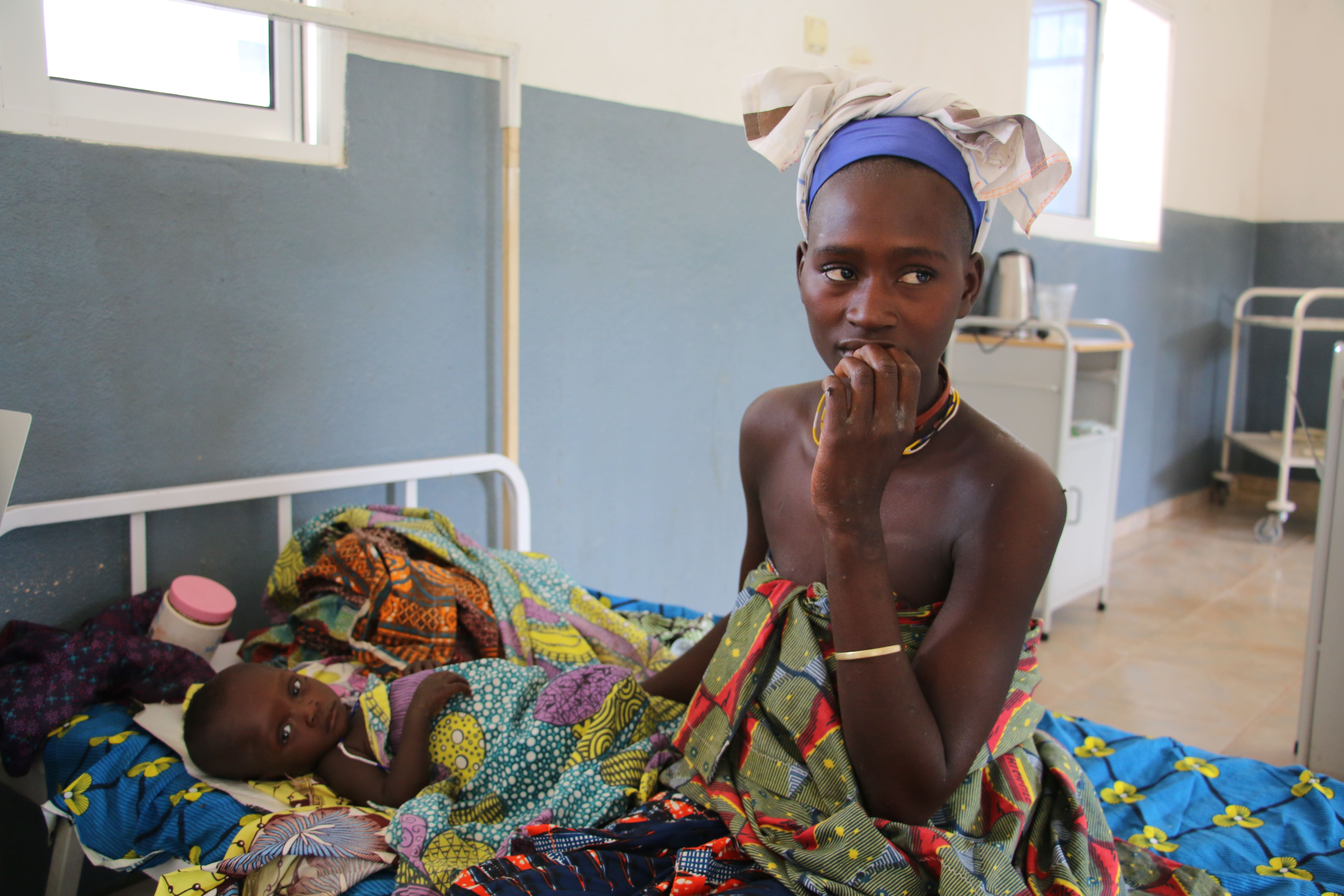The Burden of malnutrition in Angola slowly been lifted through Ready to Use Therapeutic Food

Four out of every ten children under five years old suffered from chronic malnutrition in Angola
Malnutrition is one of the major health challenges worldwide, with a significant health burden more pronounced in developing countries.
According to the Survey of Multiple Health Indicators (IIMS), in 2016, four out of every ten children under five years old suffered from chronic malnutrition in Angola, which corresponds to 2 million children.

Malnutrition is a debilitating disease and if not diagnosed or treated in time can be irreversible, as causes several changes in the correct functioning of the body, making children more likely to contract infections that compromise their mental and physical development. The focus of malnutrition is on undernutrition as it has a significant effect on global poverty.
With the economic crisis aggravated by the COVID-19 pandemic, many families have lost their source of livelihood leading to a loss in their purchasing power resulting in a lack of food at the household level. A Report from UNICEF mentions that over 6.7 million children under 5 were forecasted to suffer from wasting during the first year of the COVID-19 pandemic due to the deteriorating quality of their diets, interruptions in nutrition, and other essential services.
Additionally, in Angola, one of the main causes of malnutrition in children is the lack of exclusive breastfeeding, since only 38% of Angolan babies are predominantly exclusively breastfed up to six months.

With the understanding that malnutrition is a complex health burden that can worsen by various factors, a multi-sectoral response needs to be placed; While the provision of potable clean water is also paramount, as appropriate hygiene practices and the proper treatment of other diseases are equally important to overcome this burden, which can result in enhanced well-being of children in the long term.
However, what has proved to be a game-changer in the treatment of severe malnutrition in children is the introduction of the Ready to Use Therapeutic Food “RUTF” into the child's diet for normally up to five years.
RUTF is an energy-dense, mineral- and vitamin-enriched food that requires no preparation and is specifically designed to treat severe acute malnutrition (SAM).

9-months-old Fetala, was severely malnourished when was admitted to ambulatory care recently. “He was very weak and with heavy diarrhea, but since I started giving him this “papa” (RUTF) diarrhea has stopped,” Said Chionga, the child’s mother “his weight has greatly improved and so has his health,” she says.
Lucas Henriques World Vision Coordinator for the HEALTH SYSTEM STRENGTHENING PROGRAM (PFSS) project says that the therapeutic food is intended for specific therapeutic purposes, usually nutritional. “RUTF can keep children nourished even when they eat very little,” he says, “This “papa” is a great ally in the treatment against malnutrition in children aged 0-5 years.”
The two-year PFSS project financed by the World Bank is been implemented in four Provinces across Angola namely, Huila, Cunene, Namibe, and Cuando Cubango respectively. Since its inception over 92,429 children were treated.
World Vision Angola’s office is also a regular recipient of RUTF donations from the Food for Famine Foundation through the World Vision Canada Support Office.
Creating synergies with other initiatives and active actors in the same areas of intervention, World Vision Angola is an organization recognized as a partner of choice, with the ability to articulate its interventions to achieve greater impact and coverage in the fight against malnutrition.